Hadean Eon: The Formation of Earth (4.6 to 4.0 billion years ago)
4,567,000,000 years ago, Earth was covered in molten lava. In the Hadean Eon, it was in its earliest stage of formation as it clumped from a cloud of dust.
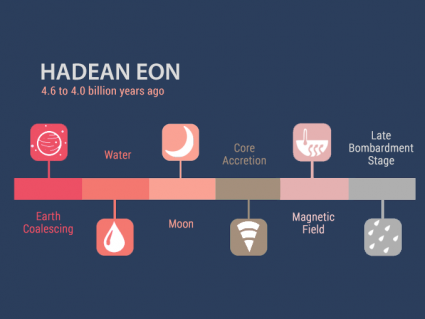
4,567,000,000 years ago, Earth was covered in molten lava. In the Hadean Eon, it was in its earliest stage of formation as it clumped from a cloud of dust.
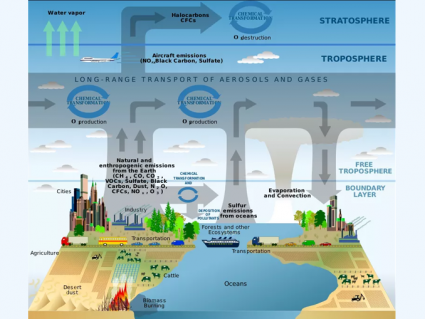
Whether it’s agriculture, industry, vehicles, electricity or natural disasters, these are the major air pollution sources that contribute to climate change.
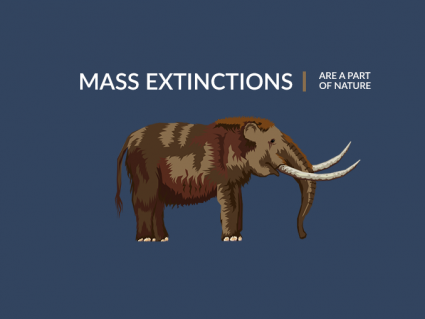
Earth has witnessed 5 mass extinctions where life experienced an abrupt ending. Time and time again, nature has always found a way to reshuffle the deck.

Biologist work with wildlife, marine life and vegetation. They analyze how living things, flora and fauna are composed like their structure & composition.
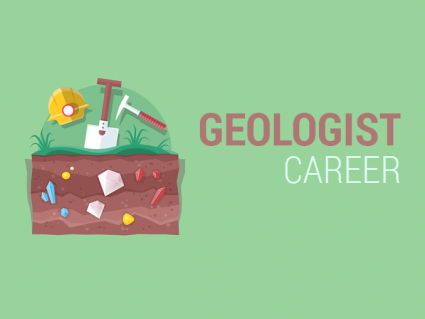
Geologists study bedrock and surface rocks. They best understand how Earth’s land forms and rock change over time (physical and chemical structure).
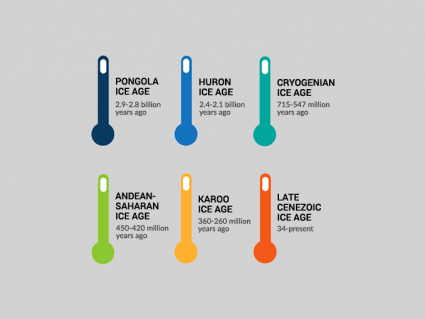
Earth has experienced 5 large ice ages. During these frigid times, hefty layers of ice smothered the planet with temperatures 10°C lower than it is today.
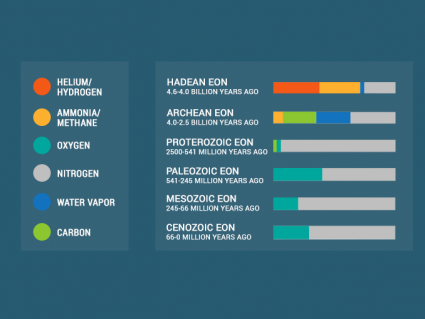
In Earth’s atmosphere history, oxygen levels have changed significantly. This includes hydrogen, helium, carbon dioxide and nitrogen composition in the air.
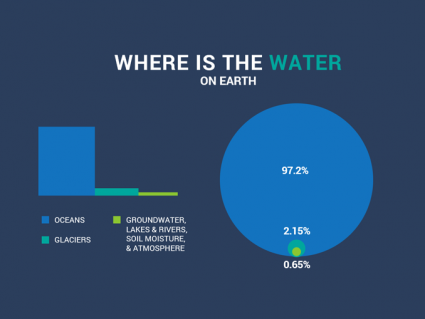
Water is in the ground, on the surface, in the air and in our bodies. But how much global water distribution is in glaciers, groundwater, rivers and lakes?
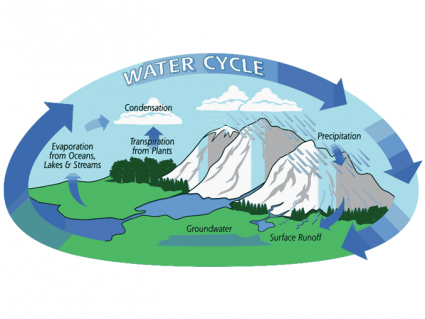
The hydrologic cycle describes how water moves continuously in nature. From evaporation, condensation and surface runoff – water is always in motion.
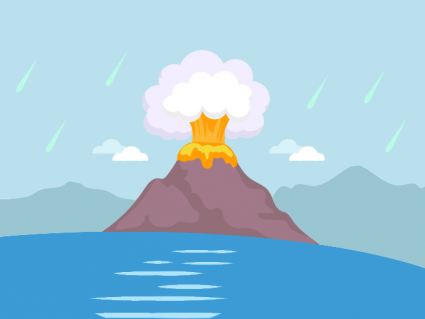
2 theories exist for the origin of water on Earth: Did comets transport water? Or was there degassing from volcanoes from rocks existing within the crust?
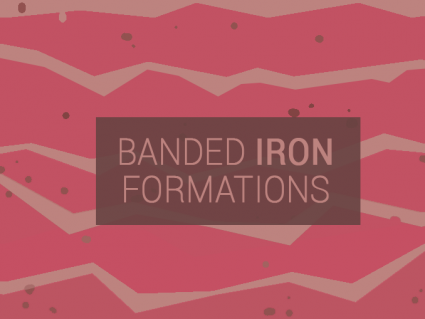
Long ago, oxygen filled the oceans. It mixed with iron which reacted by rusting. The seafloor collected rusted iron called banded iron formation (BIF).

Planet Neptune is the farthest planet from the sun at 4.495 billion kilometers from the sun. Neptune has some remarkable facts like its 14 moons and tilt.
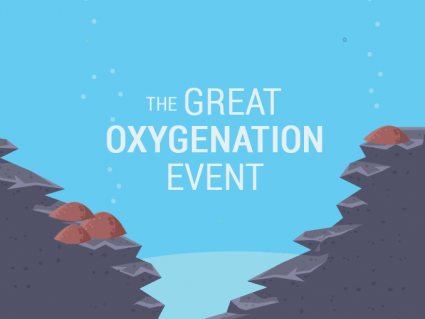
Over 4 billion years ago, Earth’s atmosphere was mostly methane & nitrogen. The Great Oxygenation Event marks a time when free oxygen filled the atmosphere.
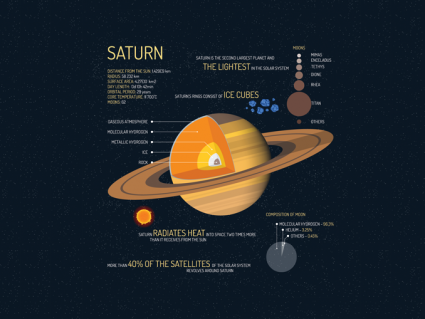
We all know planet Saturn for its iconic rings. But there’s more facts about Saturn like its weather, Titan and its the lightest planet in the solar system.
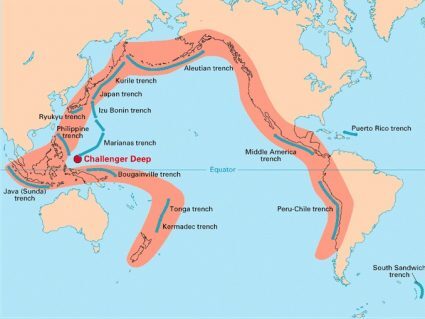
The Pacific Ring of Fire has the most active chains of volcanoes in the world. This is because tectonic plates collide and sink at these zones of subduction.